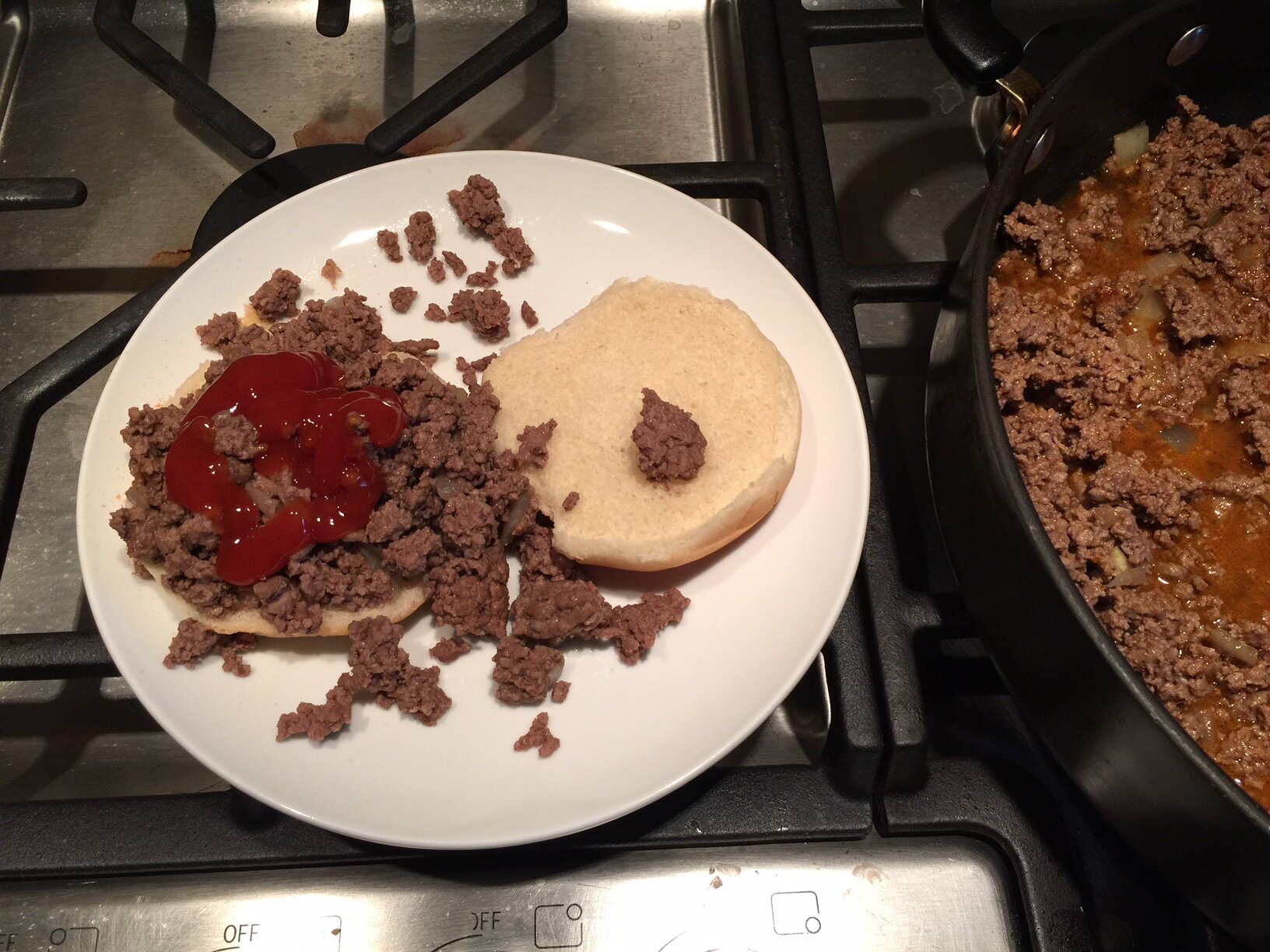Good morning, how are you? I haven’t written in a while—for so long there is a back log and confusion over what to muse over this morning. For years, my dedicated time to write has been every Tuesday morning in the library, barring unforeseen events—such as all of 2020 and a good part of 2021. I digress… I made it to the library the first two Tuesdays in October, but I didn’t finish any thoughts and felt most of what I wrote was cat yack. Last week, I was called to jury duty on Tuesday. So here we are on the fourth Tuesday morning in October. I’m at the library in the quiet room and most determined to write. I’m out of practice with the flow of this time and space, so I’m going to go back to the basics. A letter.
This may sound like a diary from my grandma’s journal or a long Christmas letter similar to the ones you hang onto until June then decide you really aren’t interested in reading them. Before I wrote essays, Christmas letters were one of my favorite things to write, especially since we moved to Massachusetts away from Midwestern friends and family; it was my way to keep in touch. However, the whispers of these letters’ stigma–and of analogies to fruit cake—made me rethink that tradition. Perhaps I enjoyed writing them more than the receivers enjoyed reading them?
I do like to receive Christmas letters; they feel like gifts to me. I sort them out of the mail pile and find a couple quiet mornings in December to read them. Then I feel a bit sad because of the distance between me and the writer, whether that be in miles or blocks that feel like many miles. We’ve been shot from a canon or a bow into opposite life directions, yet something from a long-ago close friendship harkens us to communicate at Christmas time, whether by a letter or just a card signed in familiar handwriting.
Liam is a sophomore in high school and my nostalgic. He has an iron grip on his most pleasant memories and so wants to replicate them. Last week in one of our car chats, he said, “I’ve had the best childhood: the best babysitters, the best games of tag in Iowa, and the best hide and seek in our friends’ house in Chicago.” This came up when we were talking about plans for Halloween. More specifically, I was encouraging him to make plans with his friends. Again, Liam wants a repeat: several years ago when we started our Halloween party tradition, we had a party in which the core of attendees were gymnastics families that we’d known for many years. So when considering options for this year, that’s what he wanted: basically a trip to Halloween past when everyone’s kids were small and whole families came to the party. I reminded him that as kids age they become more independent and make their own plans. And now, with Will away at college, it’s Liam’s turn to start a new tradition for Halloween. As of today, October 26th, it looks like it will be a quiet Halloween. Although I was told at the beginning of October that I was trying to plan Halloween too early, so it may be a last-minute coming-together of Liam’s school and cross country friends. I’ve unwound myself from the planning process and am letting it unfold as it will. For the planner in me, this non-planning is a daily challenge. The anticipation of and planning of events is where I thrive… not so for everyone.
My dad and brother got all the corn out of the field last week in just two days. A neighbor helped them pick and shell load after load of corn. My sights are set on being there for harvest next year, then writing 25 essays about the sights, sounds, smells, tastes, and feels of that experience. I can’t remember when I was last in Iowa during harvest season. The whole experience is like an echo-y memory lurking in my head. Mom told me that the corn was the most beautiful golden orange this year, and that flickered a moment’s light on the thing I know as “picking corn.” No photos can bring the memory into clear alignment. And corn field photos on my camera roll are either of 6-foot high stalks in July or a barren field in December; the months we most often visit. Photos from Iowa at this time of year—combines working into the evening, shelled corn dumping into an auger, sunsets over cleared fields—lodge a lump in my throat.
In mid-September while standing on our deck, I saw the first leaf fall. So quietly and bravely, it let go. All the humid air from my summer lungs let loose as the leaf trailed to the ground. And with the advent of October 1st, the month of fall unfolded…
…a trip to the Topsfield Fair (the oldest fair in the country) to eat BBQ pork and apple crisp and to see whimsical bunnies, chickens, and a 2,092-pound pumpkin… watching Liam run cross country and leaf peeping at the same time… smelling and tasting apple cider donuts…
…searching for warty pumpkins and gourds… decorating with mums and Montauk daisies… regularly walking and hiking in the woods near our house.
Perhaps the abundance of fall in Massachusetts has made it hard to choose what to write about, for my senses are on fire.

































































